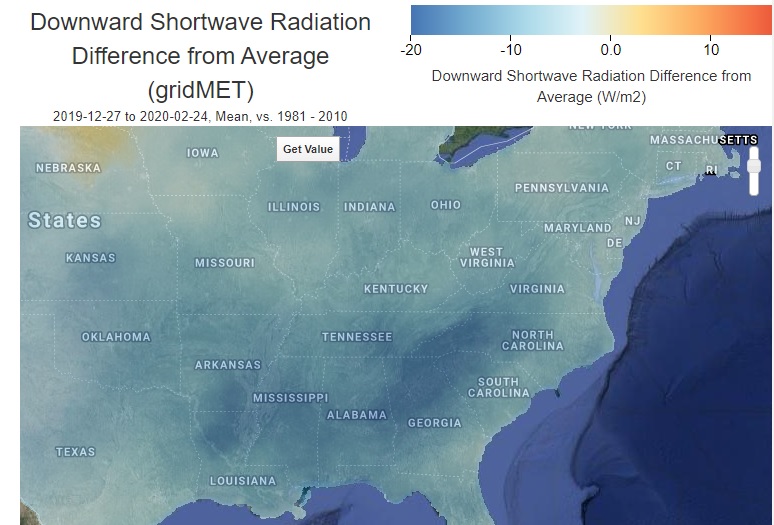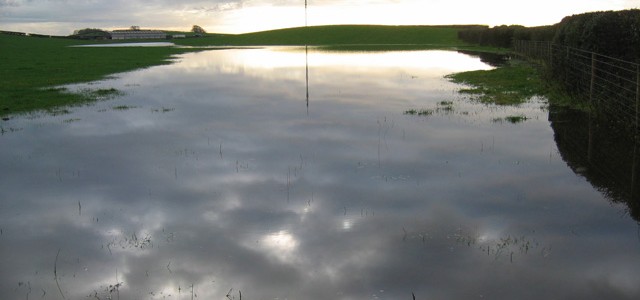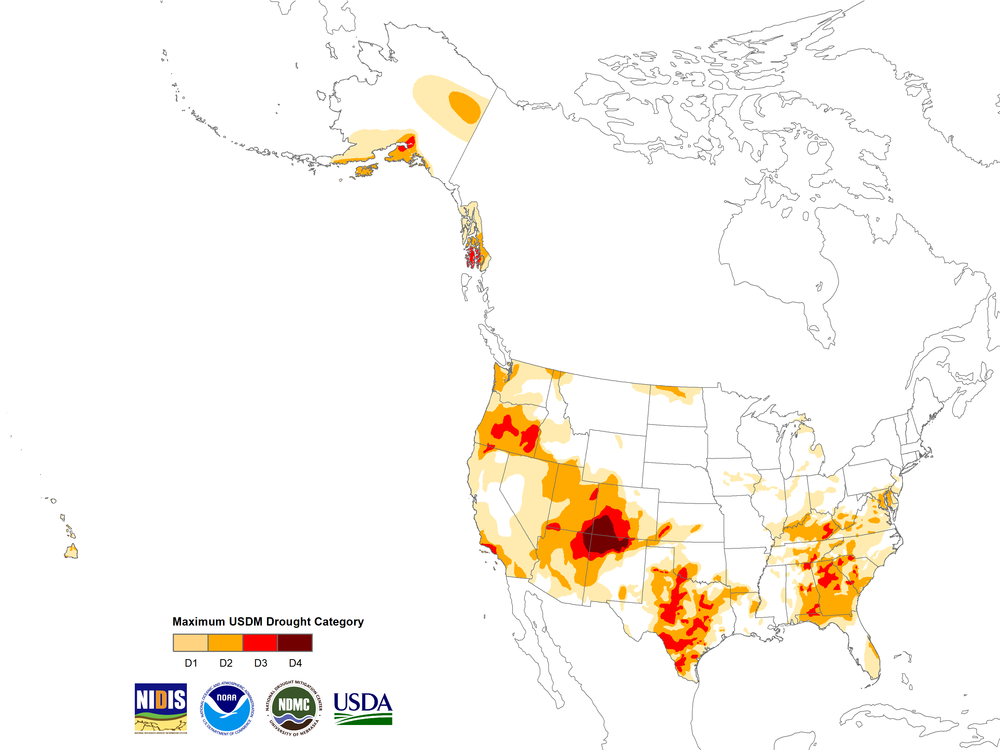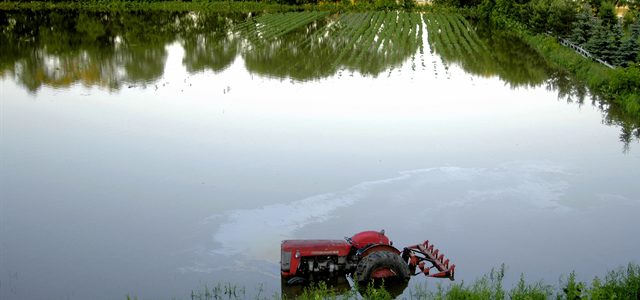-

Some recent articles have suggested that after being in ENSO-neutral conditions for quite a while now (albeit on the warm side of neutral), the eastern Pacific Ocean is headed towards a cooler pattern associated with the La Niña cold phase of the Southern Oscillation. If this does occur, we can expect a more active Atlantic…
-

Over the past few weeks I have been introduced to several new web sites which provide graphical and/or map-based climate information that might be of use to you. I have not checked them out in detail yet, but wanted to let you know about them so that if you are interested you can see if…
-

I was very encouraged to read about this new coalition of agriculture groups who want to engage with scientists in talking about climate change in Morning Ag Clips this week. I have learned a tremendous amount about agriculture from talking to extension agents and producers, but many climatologists don’t have that benefit, so it is…
Posted in: Climate and Ag in the news -

Farmers have the potential to lose a significant part of their livelihood in a weather disaster. But there are things that producers can do to prepare for the day a disaster like a flood from a slow-moving hurricane or damage from high winds hits their farm. This article from Nebraska Farmer describes two ways that…
Posted in: Climate and Ag in the news -

Even though it’s not quite the end of the month yet, the National Ag Statistics Service released this February summary of the crop conditions across Georgia. The rain has really done a number on farmers in most of the state this year. February 24, 2020 GEORGIA: February temperatures were on average 1 to 6 degrees…
-

Here is a cute 6-minute video which explains how drought is assessed in the US by the Drought Monitor. It’s produced by our CoCoRaHS friends, who also have a lot of handy videos on how to measure precipitation. It includes a discussion of what the different drought classifications mean and how the Drought Monitor is…
-

Bright green grass across the fields, yards and roadsides of northern and central Georgia is making those parts of the state look more like Ireland than a typical Georgia in February. The cause—copious rain coupled with periods of much warmer than normal temperatures, which is waking up the plants early and causing them to green…
Posted in: Climate and Ag in the news